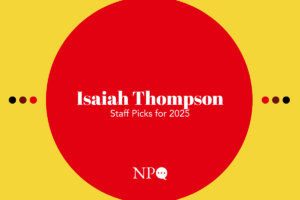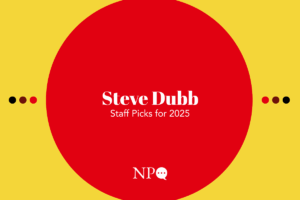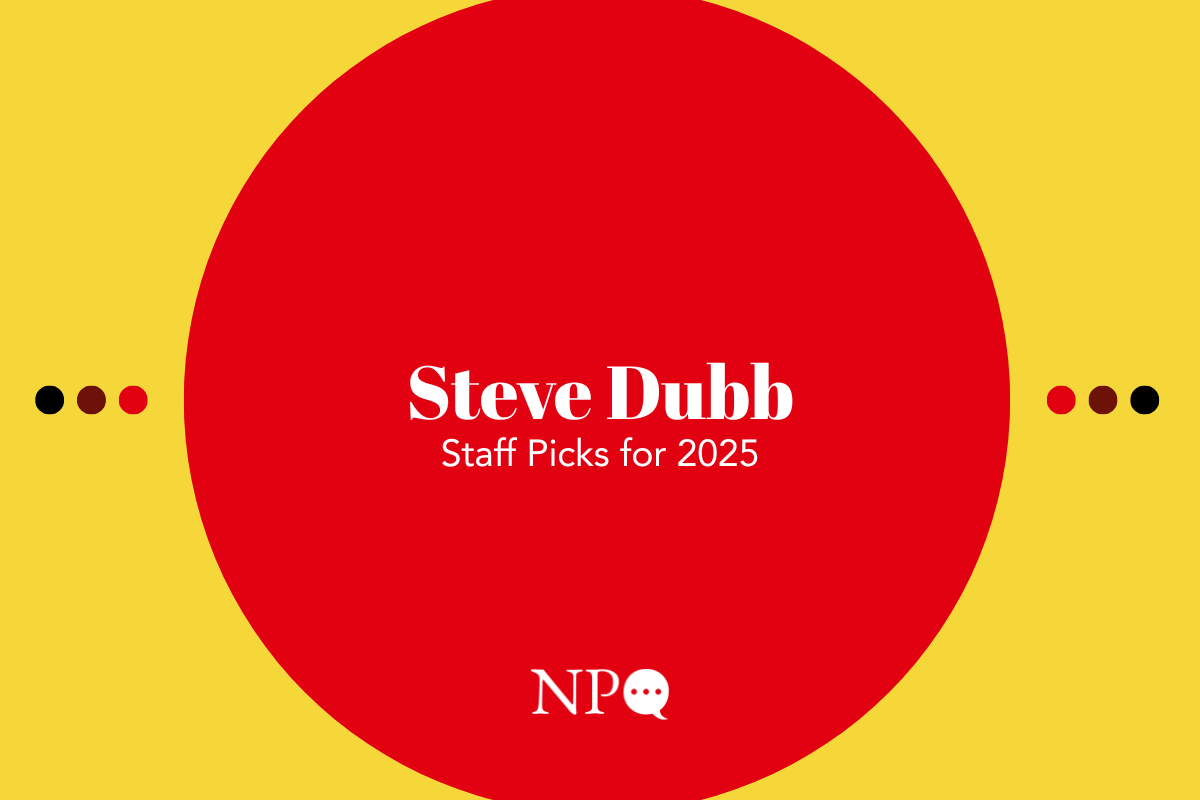March 9, 2012; Source: Mashable
Crowdsourced philanthropy (CP) is a burgeoning marketing tool enabling companies to “democratize”” their marketing efforts with the patina that only giving can provide. CP is social media-argot for, as George Weiner puts it, an “online voting competition that determines the distribution of grant money to good causes.” Kellie Clapper, V.P. of public affairs for State Farm Insurance, states that CP can yield some serious corporate social responsibility cred in a more subtle way than hammering home a slogan: “By asking consumers what matters most to them and allowing those choices to influence company giving, the business is able to strengthen its relationship with consumers, have a positive impact and build its brand.”
Sign up for our free newsletters
Subscribe to NPQ's newsletters to have our top stories delivered directly to your inbox.
By signing up, you agree to our privacy policy and terms of use, and to receive messages from NPQ and our partners.
Clapper lists a set of seven principles, amalgamated here in four basic tenets of responsible CP, which reasonably assure a positive outcome:
- Think simple and be transparent. The submission process and rules have to be clear and uniformly enforced.
- Encourage engagement and ensure the program reflects your company’s values. Trust local communities to know what works for them. Inspire the public to seek out your mission and values and leverage awareness throughout the campaign.
- Think long term. The boomerang must return to its origin. That is, beyond votes, success for the bottom line and enhancement of goodwill must be measureable.
- Be different. That speaks for itself. Learn from other programs, but don’t follow them.
The rules from Pepsi’s multi-million dollar “Refresh Everything” campaign and State Farm’s new “Cause an Effect” campaign show how companies can simply eliminate risk of egg on the face if a cause it doesn’t like gets the votes. Pepsi’s rules exclude causes that are illegal or “inconsistent with any corporate policy of Sponsor or its ultimate parent company (PepsiCo, Inc.).” In similar form, Clapper’s State Farm reserves the right of final say: “All Entries must be in keeping with Sponsor’s image, as determined by Sponsor in its sole and absolute discretion.”
Will crowdsourced philanthropy campaigns grow in popularity, or will CP peter out as consumers tire of half-measures of autonomy? Is “democratizing” corporate giving worth it for the consumer or the giver, or will it amount to a lot of headache for little lasting benefit for the voters and/or the corporate givers? –Louis Altman











